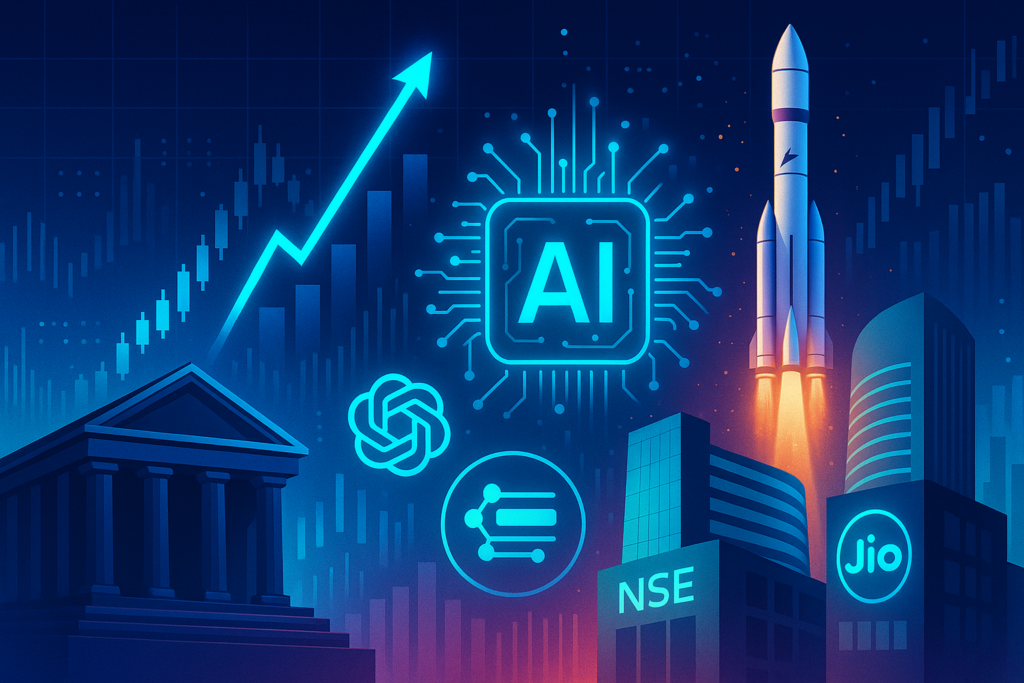Bitcoin Stock-to-Flow (S2F) Model, What Is It?
(Originally posted on : Crypto News – iGaming.org )
The Bitcoin Stock-to-Flow (S2F) model offers a way to predict Bitcoin’s price by examining its scarcity and production schedule. Created by an analyst known as PlanB in 2019, this model draws a parallel between Bitcoin and scarce commodities like gold and silver. It suggests that the scarcer an asset is, the higher its value. Read on to find out more.
What is the Bitcoin Stock-to-Flow Model?
To calculate the stock-to-flow ratio, the model uses this formula:
In this equation, “stock” refers to the existing supply of Bitcoin, while “flow” denotes the annual creation of new Bitcoins. The model pays special attention to Bitcoin halving events, which slash the production of new Bitcoins by half every four years, theoretically increasing the asset’s scarcity and, by extension, its value.
Historical data backs the model, showing a strong correlation between its predictions and Bitcoin’s actual price movements. According to the model, Bitcoin experiences four key phases in its cycle: accumulation, halving, expansion, and reversion, each represented by a color change on the chart from dark blue to red, indicating rising stock-to-flow ratios.
New players only. 250% on 1st Deposit + $125 Free Chip
The live chart for the Bitcoin S2F model can be found online, displaying both current and predicted values for the stock-to-flow ratio and Bitcoin’s price, alongside estimates for upcoming halving events. This interactive tool allows users to delve into Bitcoin’s past performance and future projections.
Despite its popularity, the S2F model has its share of critics and proponents. Critics argue that the model oversimplifies by focusing solely on scarcity, overlooking other price influencers. Meanwhile, supporters praise its simplicity and insight into Bitcoin’s value proposition, viewing it as a testament to the cryptocurrency’s potential long-term worth.
What Impacts the Bitcoin’s Stock-to-Flow Ratio?
Bitcoin’s stock-to-flow (S2F) model is shaped by various elements, each playing a distinct role in its valuation. Here’s a breakdown of these factors, presented in a different sequence:
- Technological Progress: Innovations in Bitcoin’s infrastructure, such as upgrades for better scalability or privacy, directly influence its S2F ratio by altering public perception and demand.
- Market Sentiment: The collective attitude of investors towards Bitcoin can sway its price, thereby affecting the S2F model. Optimistic views can push prices up, while pessimism can lead to a decrease.
- Adoption Levels: How widely Bitcoin is accepted as a store of value or means of transaction can impact its scarcity and, by extension, its stock-to-flow ratio. Greater adoption usually translates to increased value.
- Economic Climate: Global financial conditions, including inflation rates and the stability of economies, can make Bitcoin more or less attractive as an investment, influencing its demand and S2F ratio.
- Regulatory Landscape: Laws and policies around Bitcoin can either bolster its adoption by providing clarity and security or hinder its growth if they are restrictive, affecting its stock-to-flow dynamics.
- External Shocks: Events outside the typical market dynamics, like security breaches or geopolitical tensions, can temporarily disrupt Bitcoin’s stock-to-flow by affecting investor confidence and demand.
- Demand in the Market: The level of interest and buying pressure for Bitcoin directly impacts its price and, consequently, its stock-to-flow ratio.
- Halving Milestones: The scheduled reduction in Bitcoin mining rewards every four years reduces the new supply of Bitcoin, enhancing its scarcity and potentially boosting its stock-to-flow ratio.
S2F Model as an Investment Guide
The S2F model provides a framework to gauge when Bitcoin might be undervalued or overvalued:
- Identifying Market Conditions: According to the S2F model, Bitcoin is deemed oversold and possibly undervalued when its price falls below the model’s forecast. This suggests a buying opportunity. Conversely, when the price is above the forecast, Bitcoin may be overbought, hinting at a selling point.
- Halving Effect on S2F: The quadrennial halving of Bitcoin’s block reward plays a crucial role in the model by reducing the rate at which new Bitcoins are created. This scarcity effect is expected to drive prices up following each halving, as suggested by the S2F model.
- Future Price Outlook: While the S2F model projects significant price increases for Bitcoin in the coming years, it’s important to remember that it’s one of many tools investors might use to predict future prices. Various factors can influence Bitcoin’s market beyond its scarcity.







 Bitcoin
Bitcoin  Ethereum
Ethereum  Tether
Tether  XRP
XRP  USDC
USDC  Lido Staked Ether
Lido Staked Ether  TRON
TRON  Dogecoin
Dogecoin  Cardano
Cardano  Figure Heloc
Figure Heloc  WhiteBIT Coin
WhiteBIT Coin  Wrapped stETH
Wrapped stETH  Bitcoin Cash
Bitcoin Cash  Wrapped Bitcoin
Wrapped Bitcoin  USDS
USDS  Chainlink
Chainlink  Wrapped eETH
Wrapped eETH  Binance Bridged USDT (BNB Smart Chain)
Binance Bridged USDT (BNB Smart Chain)  LEO Token
LEO Token  WETH
WETH  Hyperliquid
Hyperliquid  Monero
Monero  Stellar
Stellar  Zcash
Zcash  Ethena USDe
Ethena USDe  Coinbase Wrapped BTC
Coinbase Wrapped BTC  Litecoin
Litecoin  Sui
Sui  Avalanche
Avalanche  Hedera
Hedera  Shiba Inu
Shiba Inu  sUSDS
sUSDS  USDT0
USDT0  Dai
Dai  Mantle
Mantle  PayPal USD
PayPal USD  Toncoin
Toncoin  World Liberty Financial
World Liberty Financial  Cronos
Cronos  Ethena Staked USDe
Ethena Staked USDe  Uniswap
Uniswap  Polkadot
Polkadot  MemeCore
MemeCore  Aave
Aave  USD1
USD1  Rain
Rain  Bittensor
Bittensor  Canton
Canton  Bitget Token
Bitget Token  OKB
OKB  Tether Gold
Tether Gold  Falcon USD
Falcon USD  Aster
Aster  NEAR Protocol
NEAR Protocol  Ethereum Classic
Ethereum Classic  Binance-Peg WETH
Binance-Peg WETH  BlackRock USD Institutional Digital Liquidity Fund
BlackRock USD Institutional Digital Liquidity Fund  Jito Staked SOL
Jito Staked SOL  Ethena
Ethena  Pepe
Pepe  Internet Computer
Internet Computer  Pi Network
Pi Network  Jupiter Perpetuals Liquidity Provider Token
Jupiter Perpetuals Liquidity Provider Token  Solana
Solana  syrupUSDC
syrupUSDC  Pump.fun
Pump.fun  HTX DAO
HTX DAO  PAX Gold
PAX Gold  Global Dollar
Global Dollar  Ondo
Ondo  Worldcoin
Worldcoin  Sky
Sky  KuCoin
KuCoin  Circle USYC
Circle USYC  syrupUSDT
syrupUSDT  BFUSD
BFUSD  Ripple USD
Ripple USD  Rocket Pool ETH
Rocket Pool ETH  Binance Bridged USDC (BNB Smart Chain)
Binance Bridged USDC (BNB Smart Chain)  POL (ex-MATIC)
POL (ex-MATIC)  Aptos
Aptos  Gate
Gate  Wrapped BNB
Wrapped BNB  Arbitrum
Arbitrum  Binance Staked SOL
Binance Staked SOL  Quant
Quant  Midnight
Midnight  Official Trump
Official Trump  Algorand
Algorand  Function FBTC
Function FBTC  Liquid Staked ETH
Liquid Staked ETH  Cosmos Hub
Cosmos Hub  Lombard Staked BTC
Lombard Staked BTC  Solv Protocol BTC
Solv Protocol BTC